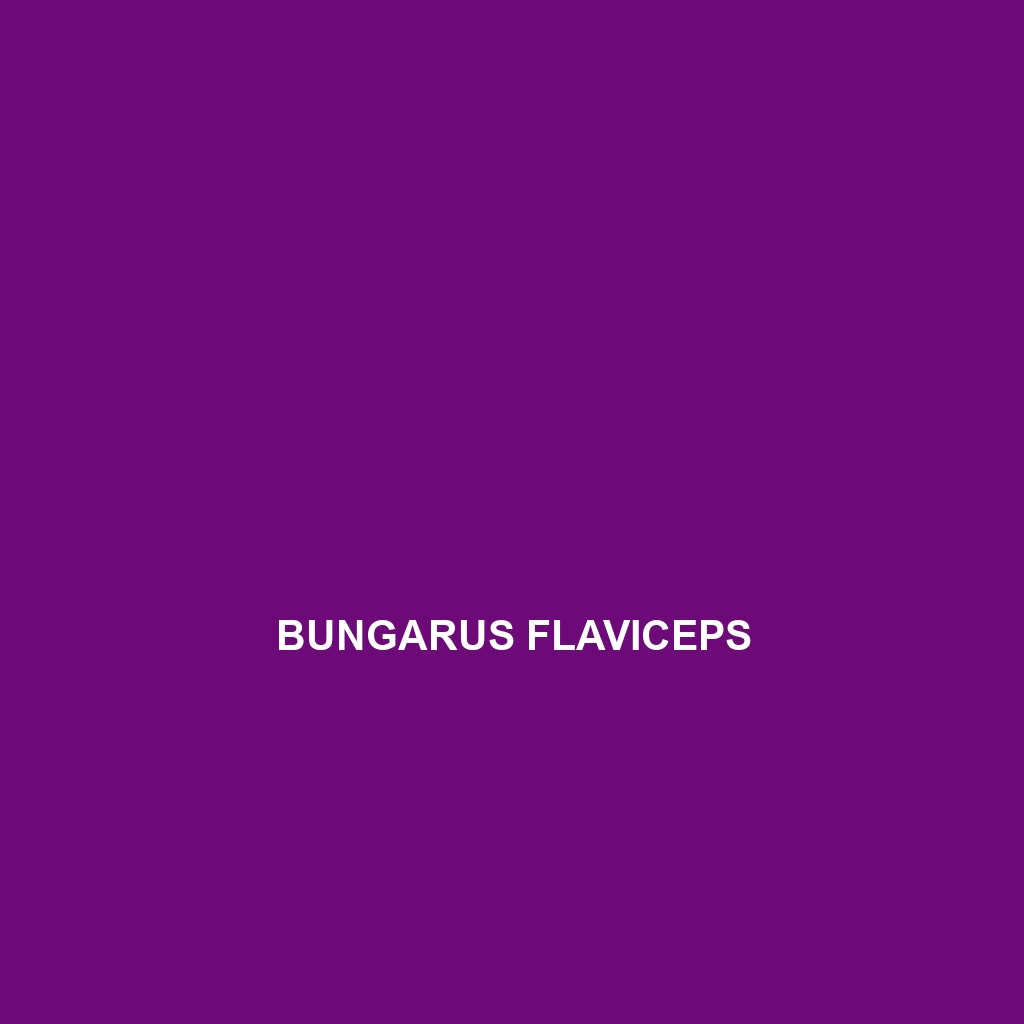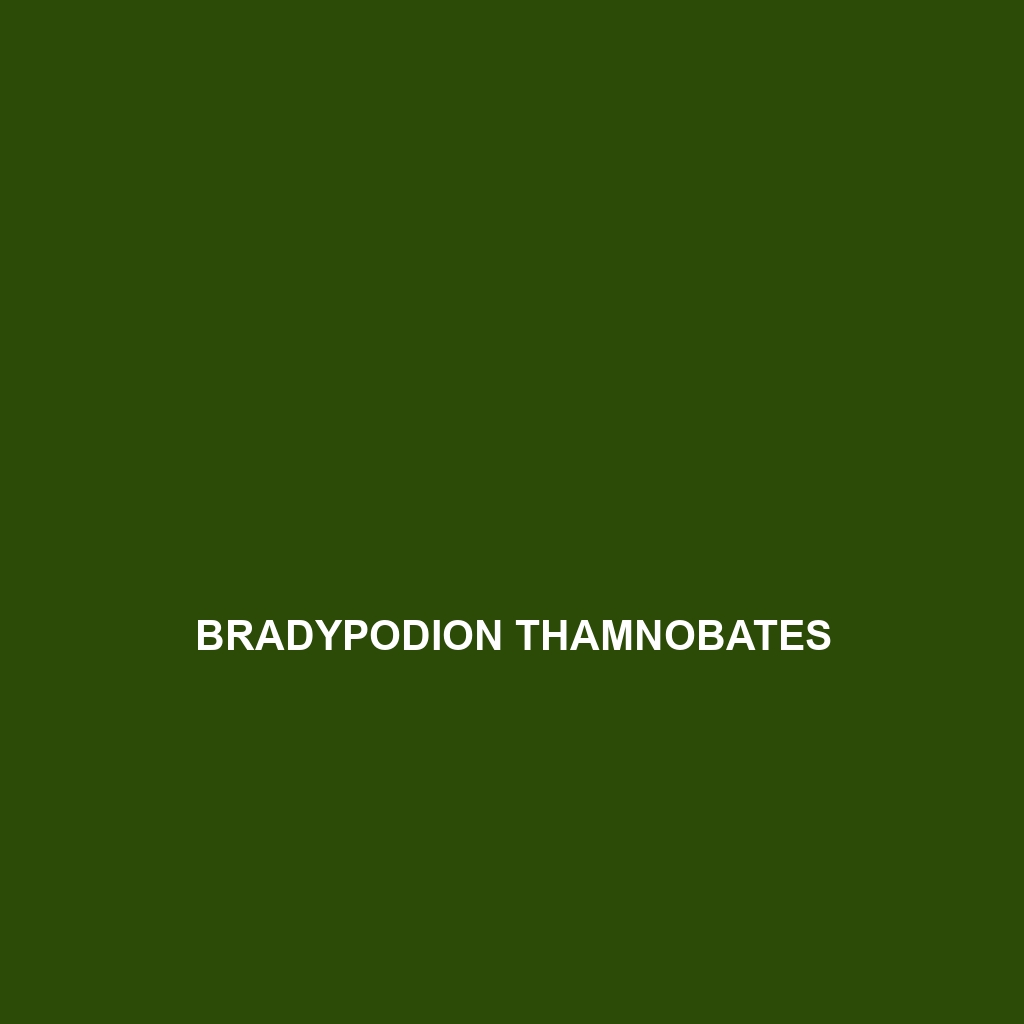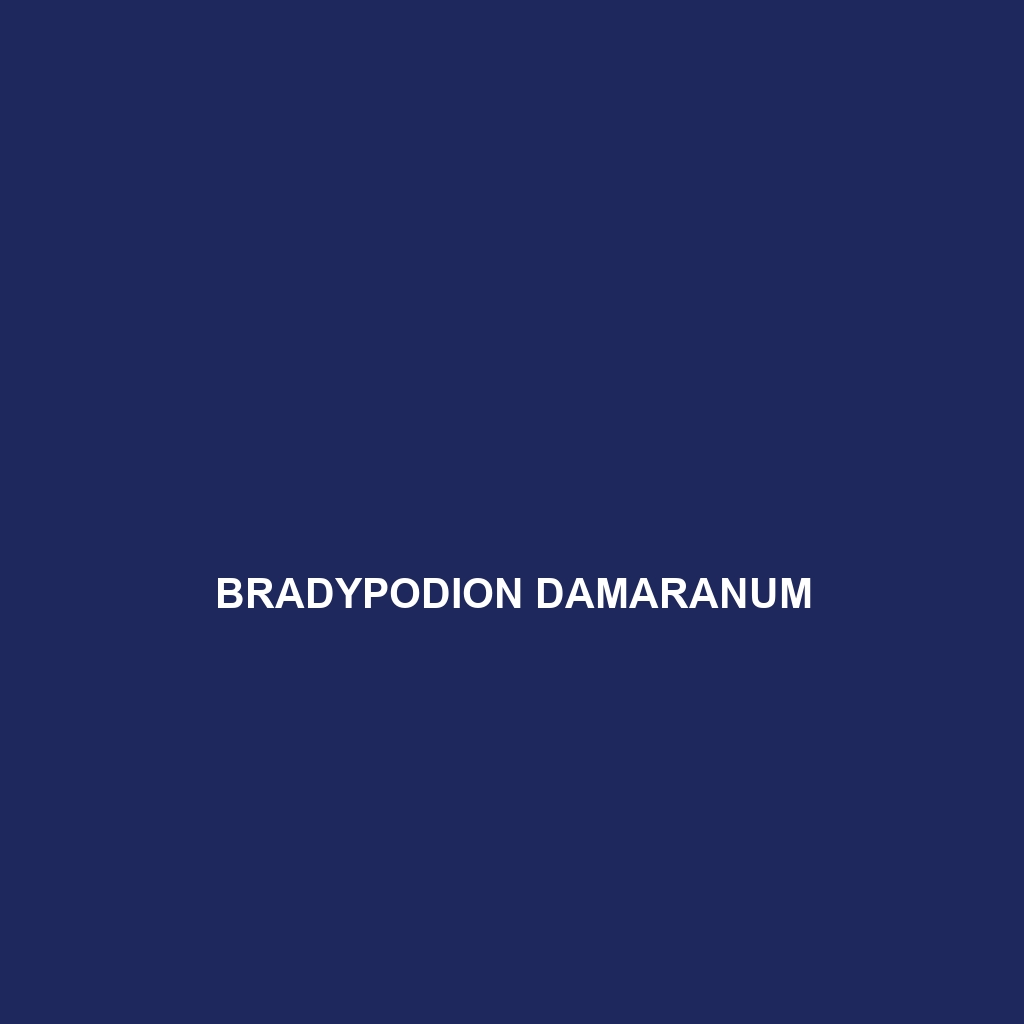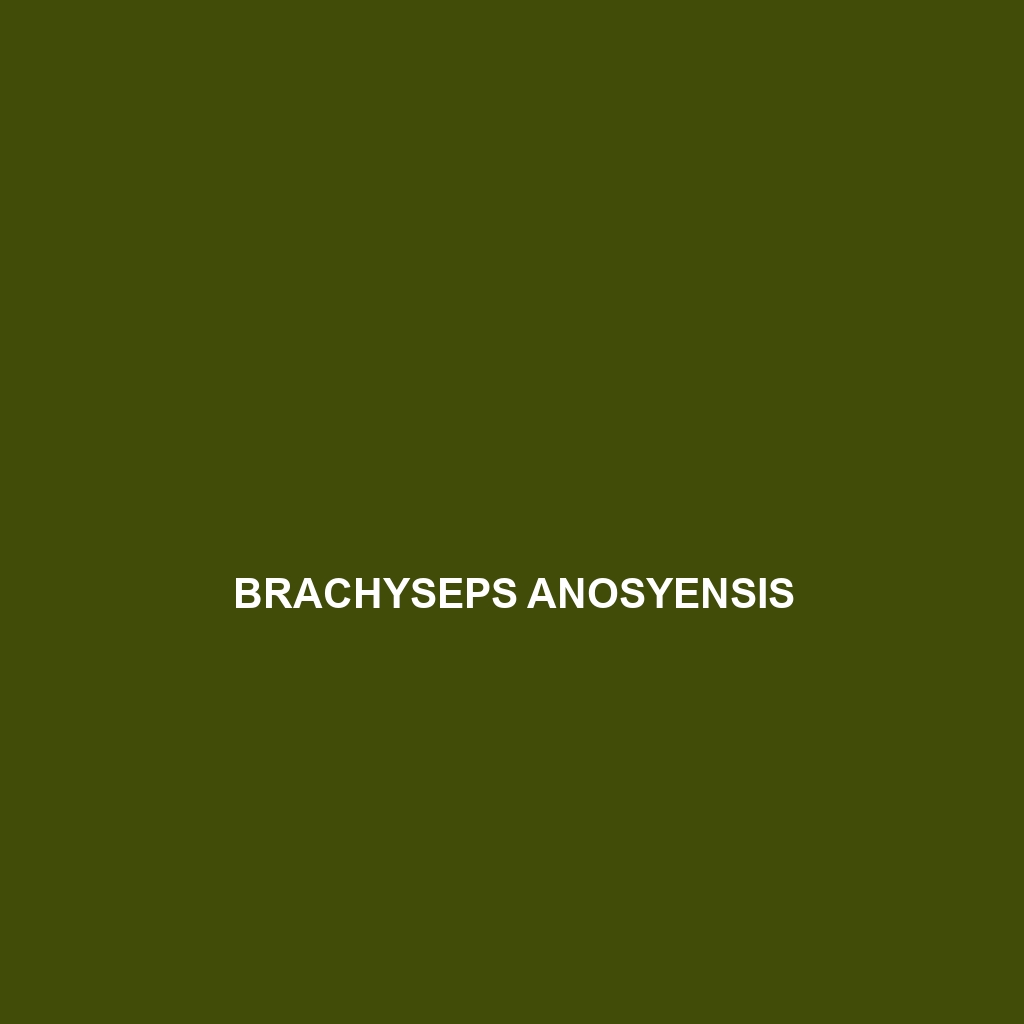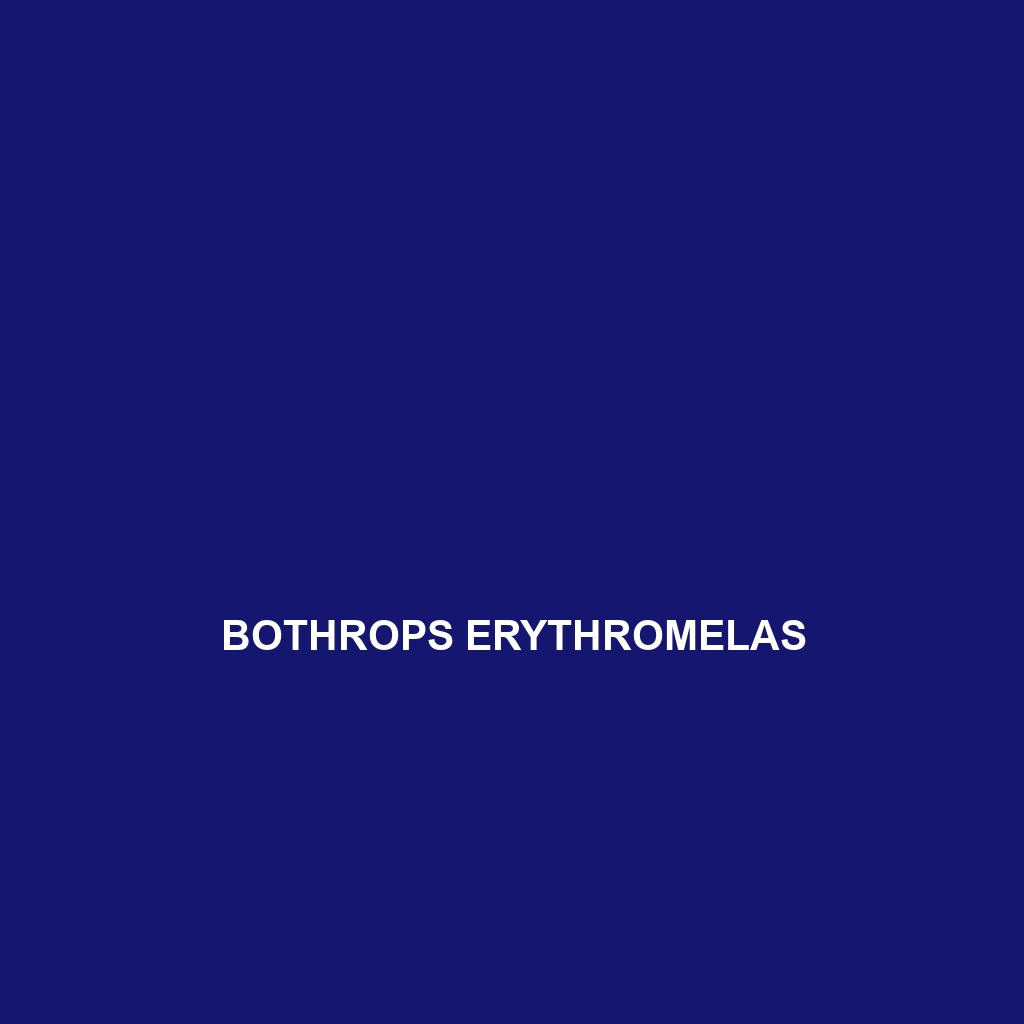<h2>Bungarus flaviceps</h2> Discover the captivating yellow-headed krait, or <i>Bungarus flaviceps</i>, known for its vibrant yellow head and striking black body adorned with yellow bands. This nocturnal predator inhabits humid lowland forests and grasslands of Southeast Asia, playing a crucial role in controlling rodent populations while exhibiting a docile nature, despite its potent neurotoxic bite.
Tag: reptile facts
Bungarus caeruleus
<p>The <strong>Bungarus caeruleus</strong>, commonly known as the <strong>blue krait</strong>, is a nocturnal snake native to Southeast Asia, recognized for its striking dark blue to black coloration and white or yellow bands. This vulnerable species plays a vital role in its ecosystem as a predator of small reptiles and rodents.</p>
Brookesia brunoi
Discover the fascinating Brookesia brunoi, one of the smallest chameleons in the world, known for its vibrant colors and unique camouflage. Native to the dense forests of Madagascar, this endangered species plays a crucial role in its ecosystem as an insectivore while exhibiting intriguing behaviors and reproductive strategies.
Bradypodion taeniabronchum
Discover the Bradypodion taeniabronchum, or striped dwarf chameleon, a vulnerable species native to the temperate forests of South Africa, known for its striking vertical stripes, arboreal lifestyle, and diet of insects. With remarkable camouflage and unique vocalizations, this chameleon plays a vital role in its ecosystem by controlling insect populations while serving as prey for larger predators.
Bradypodion pumilum
Discover the captivating <b>Pygmy Chameleon (Bradypodion pumilum)</b>, a vibrant, small species native to the coastal forests of South Africa, known for its remarkable color-changing abilities and unique arboreal behaviors. With its striking appearance and vital role in the ecosystem, this chameleon is not only a beautiful addition to any collection but also a key player in maintaining ecological balance.
Bradypodion damaranum
Discover the vibrant Bradypodion damaranum, or Knysna chameleon, a stunning arboreal species from South Africa's coastal forests, known for its ability to change colors for camouflage and communication. With a unique casque, prehensile tail, and a diet primarily consisting of insects, this intriguing chameleon plays a vital role in maintaining ecological balance while facing threats from habitat loss.
Bradypodion caffrum
Discover the vibrant Bradypodion caffrum, or Cape dwarf chameleon, native to South Africa's fynbos and forest habitats. With stunning colors, unique behaviors, and a vital role in the ecosystem, this insectivorous species is both a predator and prey, showcasing remarkable adaptations like a prehensile tail and color-changing abilities.
Brachyorrhos wallacei
Discover the unique Brachyorrhos wallacei, also known as Wallace's Lizard, a vibrant, nocturnal species native to the tropical rainforests of Southeast Asia, featuring a robust body, distinct coloration for camouflage, and an important ecological role in maintaining insect population balance. This vulnerable species thrives in humid forest environments, relying on a diet of insects and exhibiting fascinating climbing behaviors.
Bothrops muriciensis
Bothrops muriciensis, or the Murici snake, is a nocturnal, strikingly colored species found in tropical regions of northeastern South America, characterized by its ambush predatory behavior, hemotoxic venom, and role in controlling local rodent populations. This vulnerable species thrives in dense vegetation, with a typical length of 1.2 to 1.6 meters and the unique ability to blend seamlessly into its surroundings.
Bothrops erythromelas
Discover the captivating Bothrops erythromelas, or caiman pit viper, a vibrant snake native to the tropical regions of South America, known for its striking coloration, nocturnal hunting behavior, and important role as an apex predator in its ecosystem. This robust serpent reaches lengths of up to 2.5 meters and is categorized as vulnerable due to habitat destruction.
